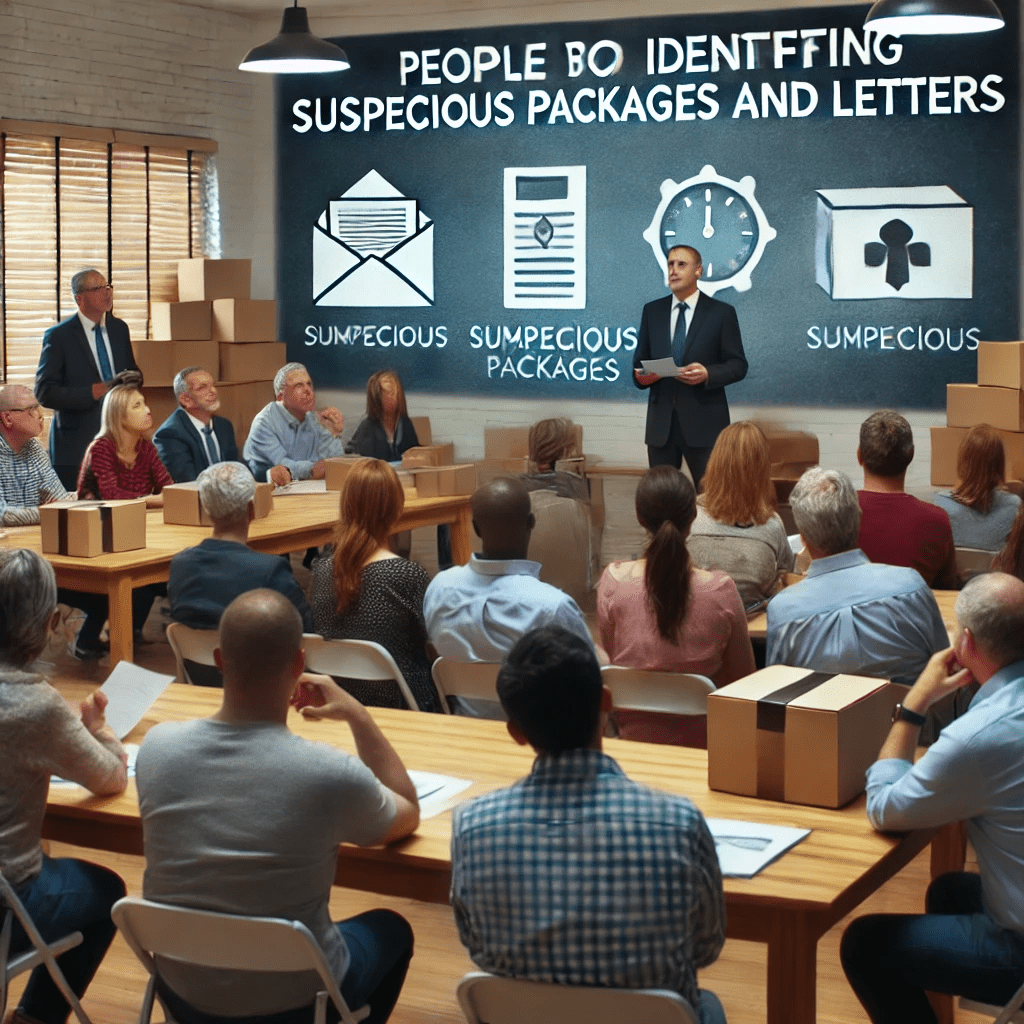Introduction: Understanding the Evils of Society
In every society, there are elements that pose threats to individuals and communities. These “evils” can range from crime and corruption to substance abuse and discrimination. Understanding these dangers and learning how to avoid them is essential for maintaining personal safety and contributing to a healthier society. This comprehensive guide explores the various evils present in society, their impact on individuals and communities, and strategies to stay away from these dangers.
The Impact of Crime on Society
Crime is one of the most visible and immediate dangers in society. It affects individuals directly through physical harm, theft, and emotional trauma, and indirectly through the degradation of community trust and increased fear.
Types of Crime:
- Violent Crime:
- Includes assault, robbery, homicide, and domestic violence.
- Directly harms individuals and creates a pervasive sense of fear.
- Property Crime:
- Includes burglary, theft, and vandalism.
- Causes financial loss and damages the sense of security in a community.
- Organized Crime:
- Involves criminal enterprises that engage in illegal activities such as drug trafficking, human trafficking, and money laundering.
- Corrupts institutions and destabilizes economies.
Impact on Society:
- Fear and Anxiety:
- High crime rates lead to increased fear and anxiety among residents.
- People may feel unsafe in their own neighborhoods, limiting social interaction and community cohesion.
- Economic Costs:
- Crime leads to significant economic costs, including law enforcement expenses, healthcare for victims, and loss of property.
- High crime rates can deter investment and economic development.
- Erosion of Trust:
- Crime erodes trust within communities and between residents and authorities.
- Lack of trust undermines social cohesion and effective governance.
Strategies to Stay Away from Crime:
- Awareness and Education:
- Stay informed about the types of crimes prevalent in your area.
- Participate in community programs that educate residents about crime prevention.
- Personal Safety Measures:
- Use security systems, such as alarms and cameras, to protect your home.
- Be cautious about sharing personal information and stay vigilant in public spaces.
- Community Involvement:
- Engage in community watch programs and collaborate with local law enforcement.
- Foster strong relationships with neighbors to create a supportive and vigilant community.
The Dangers of Substance Abuse
Substance abuse, including the misuse of drugs and alcohol, poses significant risks to individuals and society. It leads to health problems, addiction, and social issues such as crime and family breakdowns.
Types of Substance Abuse:
- Alcohol Abuse:
- Excessive and irresponsible consumption of alcohol leading to addiction and health problems.
- Contributes to accidents, violence, and social issues.
- Drug Abuse:
- Use of illegal drugs (e.g., heroin, cocaine) and misuse of prescription drugs.
- Leads to addiction, health complications, and involvement in criminal activities.
- Tobacco Use:
- Smoking and other forms of tobacco use lead to addiction and numerous health problems.
- Increases the risk of cancer, respiratory diseases, and cardiovascular problems.
Impact on Society:
- Health Consequences:
- Substance abuse leads to chronic health conditions, mental health issues, and premature death.
- Increases healthcare costs and burdens the healthcare system.
- Social and Economic Costs:
- Reduces productivity and increases absenteeism in the workplace.
- Leads to family breakdowns, child neglect, and domestic violence.
- Crime and Safety:
- Substance abuse is often linked to criminal activities, including drug trafficking and violent crime.
- Increases the risk of accidents and injuries.
Strategies to Stay Away from Substance Abuse:
- Education and Awareness:
- Educate yourself and others about the risks and consequences of substance abuse.
- Participate in programs that promote healthy lifestyles and substance abuse prevention.
- Healthy Coping Mechanisms:
- Develop healthy ways to cope with stress and emotional challenges, such as exercise, hobbies, and social support.
- Seek professional help if struggling with addiction or substance abuse.
- Supportive Environments:
- Surround yourself with supportive and like-minded individuals who encourage healthy behaviors.
- Avoid environments and social circles where substance abuse is prevalent.
Combating Corruption and Promoting Integrity
Corruption undermines the integrity of institutions, erodes trust in governance, and hinders economic development. Combating corruption requires collective efforts from individuals, communities, and governments.
Types of Corruption:
- Bribery:
- Offering or accepting bribes to influence decisions or gain unfair advantages.
- Common in both public and private sectors.
- Embezzlement:
- Misappropriation of funds or resources for personal gain.
- Often occurs in organizations and government entities.
- Fraud:
- Deceptive practices intended to secure financial or personal benefits.
- Includes identity theft, tax evasion, and corporate fraud.
Impact on Society:
- Erosion of Trust:
- Corruption erodes public trust in institutions and governance.
- Leads to cynicism and disengagement from civic participation.
- Economic Inefficiency:
- Corruption distorts markets, reduces investments, and increases the cost of doing business.
- Hinders economic growth and development.
- Social Inequality:
- Corruption exacerbates social inequalities by allowing the wealthy and powerful to exploit the system.
- Undermines social justice and equal opportunities.
Strategies to Stay Away from Corruption:
- Promote Transparency:
- Advocate for transparency and accountability in both public and private sectors.
- Support initiatives that promote open governance and access to information.
- Ethical Practices:
- Uphold high ethical standards in personal and professional life.
- Refuse to participate in or condone corrupt practices.
- Civic Engagement:
- Engage in civic activities that promote integrity and good governance.
- Support organizations and leaders committed to fighting corruption.
Addressing Discrimination and Promoting Inclusivity
Discrimination, whether based on race, gender, religion, or other factors, undermines social cohesion and perpetuates inequality. Promoting inclusivity is essential for building a fair and just society.
Types of Discrimination:
- Racial Discrimination:
- Unfair treatment based on race or ethnicity.
- Leads to social exclusion, economic disparities, and racial tensions.
- Gender Discrimination:
- Unequal treatment based on gender, affecting opportunities and rights.
- Includes workplace discrimination, pay gaps, and gender-based violence.
- Religious Discrimination:
- Prejudice and unequal treatment based on religious beliefs.
- Leads to social divisions and infringes on religious freedom.
Impact on Society:
- Social Fragmentation:
- Discrimination divides communities and fosters hostility.
- Undermines social cohesion and mutual respect.
- Economic Inequality:
- Discrimination limits access to education, employment, and economic opportunities.
- Perpetuates poverty and economic disparities.
- Human Rights Violations:
- Discrimination infringes on the fundamental rights and freedoms of individuals.
- Undermines the principles of equality and justice.
Strategies to Stay Away from Discrimination:
- Education and Awareness:
- Educate yourself and others about the harms of discrimination and the value of diversity.
- Participate in programs that promote inclusivity and tolerance.
- Advocacy and Activism:
- Advocate for policies and practices that promote equality and non-discrimination.
- Support organizations and movements that fight against discrimination.
- Inclusive Practices:
- Foster inclusive practices in personal and professional life.
- Respect and celebrate diversity, and challenge discriminatory behaviors and attitudes.
The Role of Technology in Addressing Social Evils
Technology can play a significant role in addressing the evils of society by enhancing communication, improving transparency, and providing tools for education and advocacy.
Positive Uses of Technology:
- Awareness and Education:
- Use online platforms to raise awareness about social issues and educate the public.
- Provide access to information and resources for prevention and support.
- Transparency and Accountability:
- Utilize technology to promote transparency in governance and business practices.
- Implement digital tools for tracking and reporting corruption and other unethical behaviors.
- Support Networks:
- Create online communities and support networks for individuals affected by crime, substance abuse, and discrimination.
- Offer virtual counseling and support services.
Challenges and Risks:
- Cybercrime:
- The rise of technology has also led to increased cybercrime, including fraud, identity theft, and online harassment.
- Requires robust cybersecurity measures and education.
- Digital Divide:
- Not everyone has equal access to technology, leading to disparities in information and resources.
- Efforts needed to bridge the digital divide and ensure inclusive access.
- Misinformation:
- The spread of misinformation and fake news can exacerbate social issues and create distrust.
- Importance of promoting digital literacy and critical thinking skills.
Building Resilient Communities
Building resilient communities is essential for mitigating the impact of social evils and fostering a supportive and safe environment for all members.
Strategies for Building Resilient Communities:
- Community Engagement:
- Encourage active participation in community activities and decision-making processes.
- Foster a sense of ownership and responsibility among community members.
- Collaboration and Partnerships:
- Collaborate with local organizations, government agencies, and businesses to address social issues.
- Leverage resources and expertise for collective action.
- Support Systems:
- Establish support systems for individuals affected by crime, substance abuse, and discrimination.
- Provide access to counseling, legal assistance, and rehabilitation services.
- Education and Empowerment:
- Invest in education and empowerment programs for all age groups.
- Equip individuals with the skills and knowledge to resist and overcome social evils.
Conclusion: Stay Away from the Evils of Society
Staying away from the evils of society requires awareness, proactive measures, and collective efforts. By understanding the impact of crime, substance abuse, corruption, and discrimination, and adopting strategies to avoid these dangers, individuals can protect themselves and contribute to a safer, healthier, and more just society. Embracing technology, building resilient communities, and promoting inclusivity and integrity are essential steps towards a better future for all.
Frequently Asked Questions
1. What are some common evils of society?
Common evils of society include crime, substance abuse, corruption, and discrimination. These issues harm individuals and communities in various ways.
2. How can I stay safe from crime?
Stay informed about local crime trends, use personal safety measures, engage in community watch programs, and foster strong relationships with neighbors and law enforcement.
3. What are the health risks of substance abuse?
Substance abuse can lead to chronic health conditions, addiction, mental health issues, and premature death. It also increases healthcare costs and social problems.
4. How can I promote integrity and combat corruption?
Promote transparency, uphold ethical practices, engage in civic activities that promote good governance, and support organizations fighting against corruption.
5. How can technology help address social issues?
Technology can raise awareness, improve transparency, provide support networks, and offer tools for education and advocacy. However, it also requires measures to combat cybercrime and misinformation.




